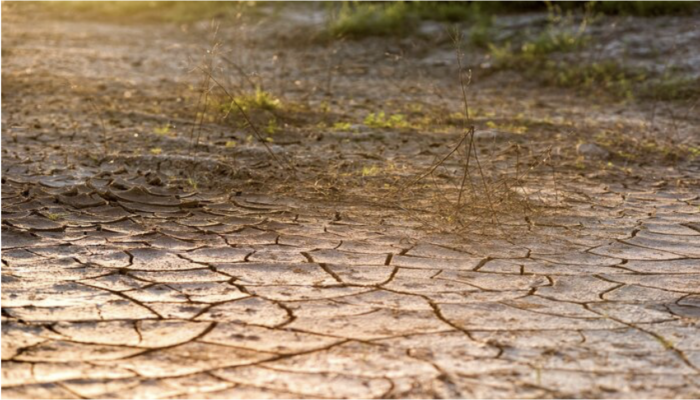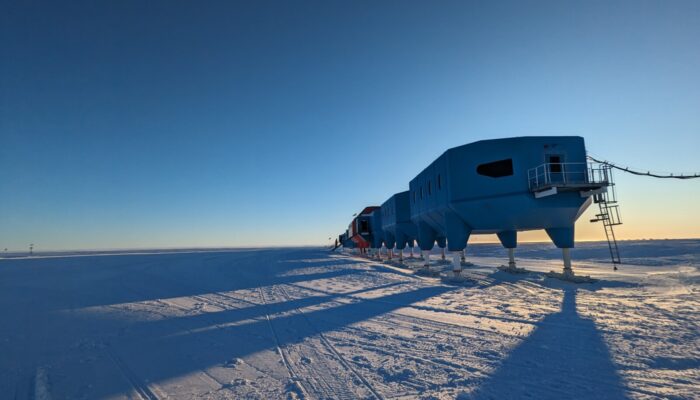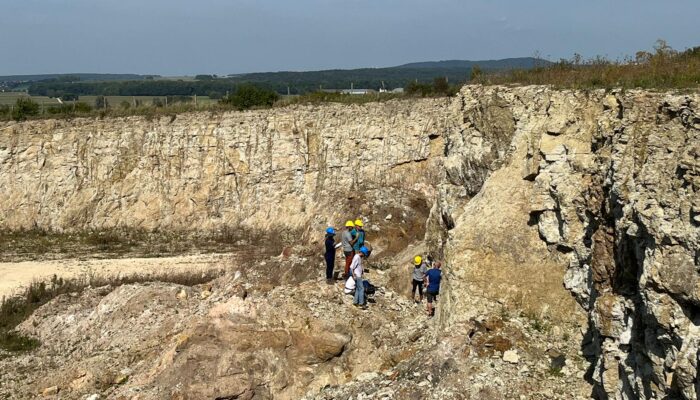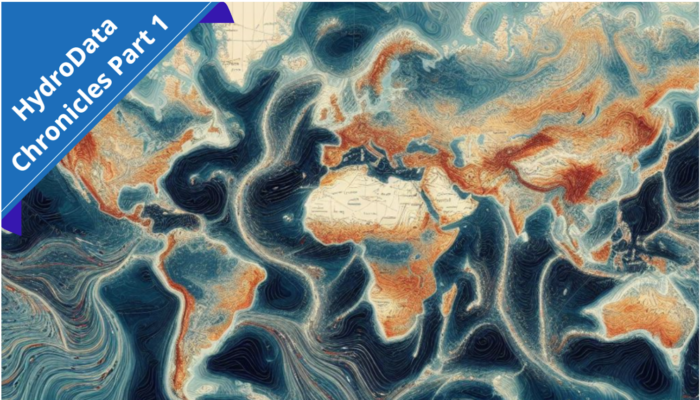In the heart of India’s rapid urban expansion, Bengaluru city’s escalating water crisis reveals a direct connection to the deteriorating health of its lake systems, once the lifeline of this burgeoning city. Bengaluru has an area of about 741 sq km and a population of 13.6 million (2023) and has been historically celebrated as the “city of lakes.” These lakes are interconnected with canals/ ...[Read More]
Cryospheric Sciences
Did you know? We can see what’s going on inside an ice shelf using geophysics!
Understanding what is going on inside an ice shelf is important for many reasons. But mostly, it allows us to better understand their contribution to sea level rise, and to understand how they are changing and evolve over time, with our changing climate. Geophysical methods offer a means to be able to see inside an ice shelf, and get an idea of their properties. Read on to find out a bit more abou ...[Read More]
Geodynamics
The Sassy Scientist – Dungeon Diving Postdoc: Critical Hit or Critical Miss
From 22°C December to 6°C (end of) March… Something feels off. Maybe the climate also decided to change fields. So Denise asks: How feasible is it to change your field as a postdoc when you’re terrified of being ghosted by hiring committees or getting rejection letters? Dear Denise, Sure. I mean, why not? Changing to a new field as a postdoc is like stepping into uncharted territory: e ...[Read More]
Geodynamics
Summer of ‘23: Chronicles of a summer school on meteorite and comet impacts.
One of the best-researched and preserved impact craters on Earth is the Ries Crater (Germany). Hikers, bikers, school groups, and geo-tourists from all over the world come here in search for the evidence of the cosmic catastrophe. In this week’s blog post, PhD student Katherine Villavicencio from University G. d’Annunzio (Italy) shares her experience when attending the Summer School “Impacts and ...[Read More]
Hydrological Sciences
HydroData Chronicles: A High-Resolution 40-Year Rainfall Dataset Covering the Entire Contiguous US
Welcome to our new blog-series focused on exploring the vast, yet fascinating world of hydrological datasets: HydroData Chronicles! Throughout this series, we embark on a journey through the intricate backend of hydrology, where data serves as the cornerstone of our understanding of water resources, as well as their potential impact on scientific research and policy-making. Join us as we navigate ...[Read More]
Natural Hazards
A symphony of uncertainties: exploring the interplay between climate hazards and human societies
Climate hazards are manifestations of the Earth’s complex climatic systems. As natural events, they have always occurred, yet changes in the global climate increase the frequency and intensity of extremes and their impact on the built environment and people. Predicting the nature, scale, and location of climate hazards and their complex interplays with anthropogenic factors is not a straightforwar ...[Read More]
Geodynamics
Revisiting Sagarmatha: Reflections on Fieldwork in the Eastern Nepal Himalaya
“The mountains are calling.” This week, we are embarking on an adventure to the highest mountain in the world – Sagarmatha (also known as Mt. Everest). We will join Tshering Lama Sherpa, from the University of Arizona, as she unveils the exciting world of geological fieldwork amidst the majestic Himalayas in her post. In October of 2023, I set out on my fourth geological fieldwo ...[Read More]
Biogeosciences
Getting to EGU ‘by fair means’
How to commute from Freising to Vienna by bike In the world of alpinism, the phrase “by fair means” is ubiquitous, though its definition is vague. Most people would agree that a key requirement of a “fair means ascent” is minimizing the tradeoff between convenience and reliance on external aids. If that sounds like it leaves a lot of room for interpretation, it’s beca ...[Read More]
Hydrological Sciences
How to Prepare for EGU24?
Going to the General Assembly (GA) of the EGU in Vienna is a unique experience. You’ll be surrounded by thousands of scientists in dozens of disciplines, from across the world. And you’ll get the chance to hear captivating presentations, meet amazing people, and discover new research approaches. However, the GA can also get overwhelming. Vast in its layout and buzzing with attendees, t ...[Read More]
Geodynamics
Equilibrium Crustal Thickness and Dynamics of Earth’s Lithosphere: The Answer is 42.
“The Hitchhiker’s Guide to the Galaxy” had the answer; we think we have the right question. This week, Ajay Kumar from IISER Pune, India, will take us on a journey to the depths of the Earth’s lithosphere – a world as mysterious as the farthest reaches of the Universe. We will see what the thickness of the Earth’s crust can tell us about the balance between the ...[Read More]










